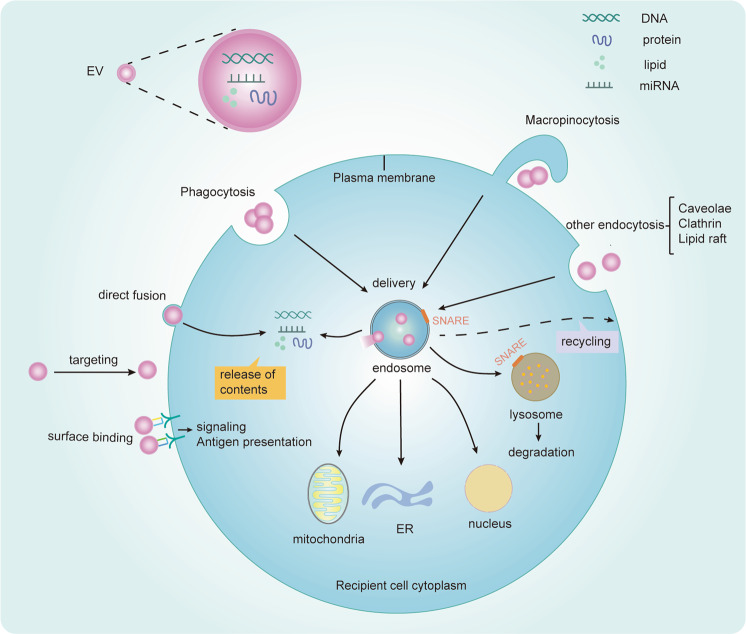Fig. 3. Biology of EVs uptake by recipient cells.
(1) EVs mediated intercellular communication requires targeting the receptor cells. (2) In the recipient cell, EVs will bind to the cell surface and initiate intracellular signaling pathways through receptor ligand binding. EVs may also be internalized by acceptor cells through multiple pathways, including macropinocytosis, phagocytosis, clathrin-dependent endocytosis, caveolin-mediated uptake, and endocytosis via lipid rafts, as well as fuse with the plasma membrane of recipient cells. (3) EVs can release contents to the cytoplasm of the recipient cell by fusion with the plasma membrane and endosome membrane, and also direct transfer into the nucleus, endoplasmic reticulum or mitochondria through the contact of these organelles with endosomes that contain internalized EVs. The most important outcome of EVs is targeted to lysosomal for degradation and also be possibly recycled. SNARE proteins are required for intracellular vesicles fusion.

